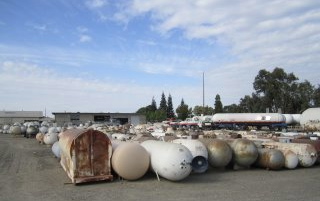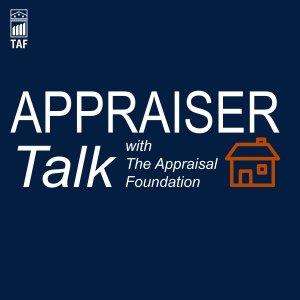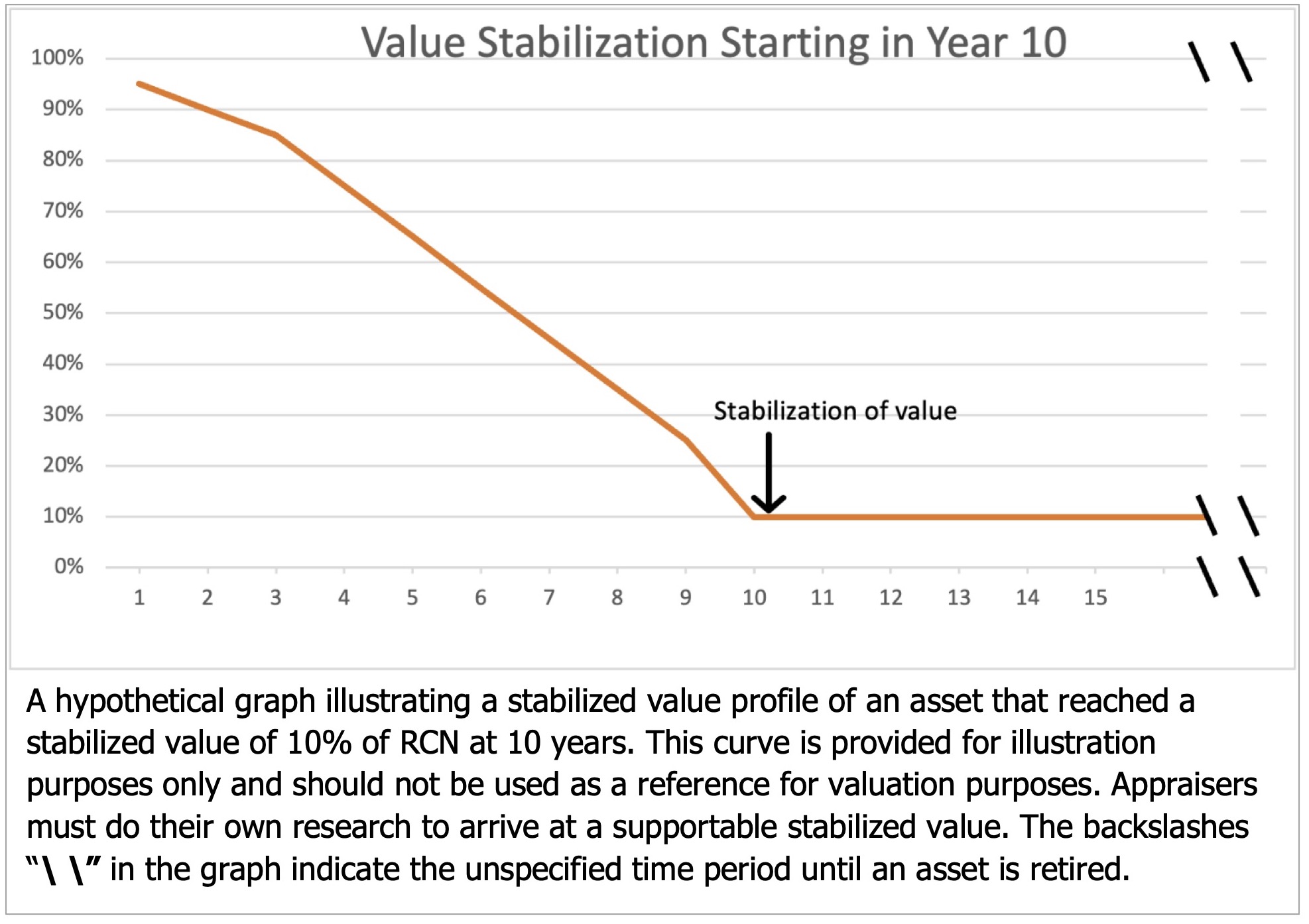 The concept of absorption is used relatively often in real estate appraisal and the same concept, known as “blockage,” is a well-documented in the art valuation world, particularly in tax-related appraisals. The term “blockage” — used by the IRS — derives from issues related to selling a large block of stock and seeing the related market decline. Equipment auctioneers, whether familiar with the term or not, have certainly see the same effect when selling a high volume of similar equipment, such as a fleet of Peterbilt trucks or a yard-full of John Deere backhoes. In the equipment appraisal profession, however, absorption is often underused. Kyle Martin, Supervisory Estate Tax Attorney with the Internal Revenue Service in Oakland, California, has stated in public meetings that the underuse of blockage is one of the more common mistakes he sees in appraisals he reviews. Mr. Martin was referring specifically to real estate appraisals, but the fact is that absorption is important in many different appraisal disciplines, including machinery and equipment.
The concept of absorption is used relatively often in real estate appraisal and the same concept, known as “blockage,” is a well-documented in the art valuation world, particularly in tax-related appraisals. The term “blockage” — used by the IRS — derives from issues related to selling a large block of stock and seeing the related market decline. Equipment auctioneers, whether familiar with the term or not, have certainly see the same effect when selling a high volume of similar equipment, such as a fleet of Peterbilt trucks or a yard-full of John Deere backhoes. In the equipment appraisal profession, however, absorption is often underused. Kyle Martin, Supervisory Estate Tax Attorney with the Internal Revenue Service in Oakland, California, has stated in public meetings that the underuse of blockage is one of the more common mistakes he sees in appraisals he reviews. Mr. Martin was referring specifically to real estate appraisals, but the fact is that absorption is important in many different appraisal disciplines, including machinery and equipment.
So let’s talk about absorption: What is absorption? And when is it appropriate to consider absorption in equipment valuation?
Absorption is essentially an effect of the basic economic law of supply and demand which states that the greater the supply and the lower the demand, the lower the price will be. Using the concept of absorption in valuing equipment is a way of taking into account the length of the time needed for the assets to be absorbed by the current market at what price.The question that needs to be asked, when considering whether absorption is a factor in equipment appraisals is this one:
“Are there enough ready and able buyers willing to pay full price if the items were offered for sale at the same time?”
While an equipment appraiser may not know the answer to that question, just asking it improves the quality of the equipment appraisal work being done. And of course, someone knows the answer to that question. Creditable sources I’ve tapped for input have included used equipment dealers, auctioneers familiar with similar equipment, and experts in the particular industry.
The folks who can help answer the question of price are the same folks who can help formulate the appropriate absorption rate calculation. For instance, in a recent equipment appraisal I was researching values on fuel storage tanks, values that are extremely price/volume sensitive. In talking with industry experts, it was determined that if the number of tanks in question were released into the market at the same time, the result would be a 50% reduction in value. In light of this information, and given the fact that we were opining on the fair market value, we decreased the opinion of value on the tanks by 50% to account for the negative effect that would occur if this volume of tanks were to appear on the market at the same or relatively same time.
The Journal of Accountancy provides some background information on absorption that help illustrate the use and importance of absorption in estate valuation:
In the seminal art tax case in which blockage was first applied as a valuation concept, the agree-upon discount was 37%. In perhaps the most famous art valuation tax case — Estate of Georgia T. O’Keefe v. Commissioner — the executors of the estate sought a 75% discount in value, arguing that monetizing the estate would “flood the market” and reduce the instant fair market value. The court conceded a 50% discount on the collection’s un-discounted valuation of $36.4 million.
While most equipment appraisers may not be applying discounts to valuations in the millions of dollars, even smaller estates can benefit from the consideration of absorption. In a case involving gift tax, for example, the parents were transferring the assets of a very large farming operation to their heirs. The operation included 93 tractors and 500 miles of irrigation pipe. After doing the appropriate research, I established absorption discounts for each of these two categories.
When calculating absorption discounts for opinions of values, the critical elements of research are
- Actual past cases in a related industry (often hard to locate)
- Creditable, independent industry experts
Just as important as the research is how the concept of absorption is presented in the valuation report. Because absorption is not a commonly-used or well-understood concept, the narrative report needs to explain clearly and thoroughly what absorption is, why it is being used in this particular instance, how the absorption discount was researched, and how it is being applied to the assets being appraised. In addition, I always ensure that the work file contains all the documentation needed to support the valuation results.
As more and more equipment appraisers become familiar with and confident of the appropriate and well-researched use of absorption discounts in our equipment valuations, our clients and the equipment appraisal profession will benefit from this valuable and underused tool.
Jack Young
Machinery & Equipment Appraiser
NorCal Valuation



